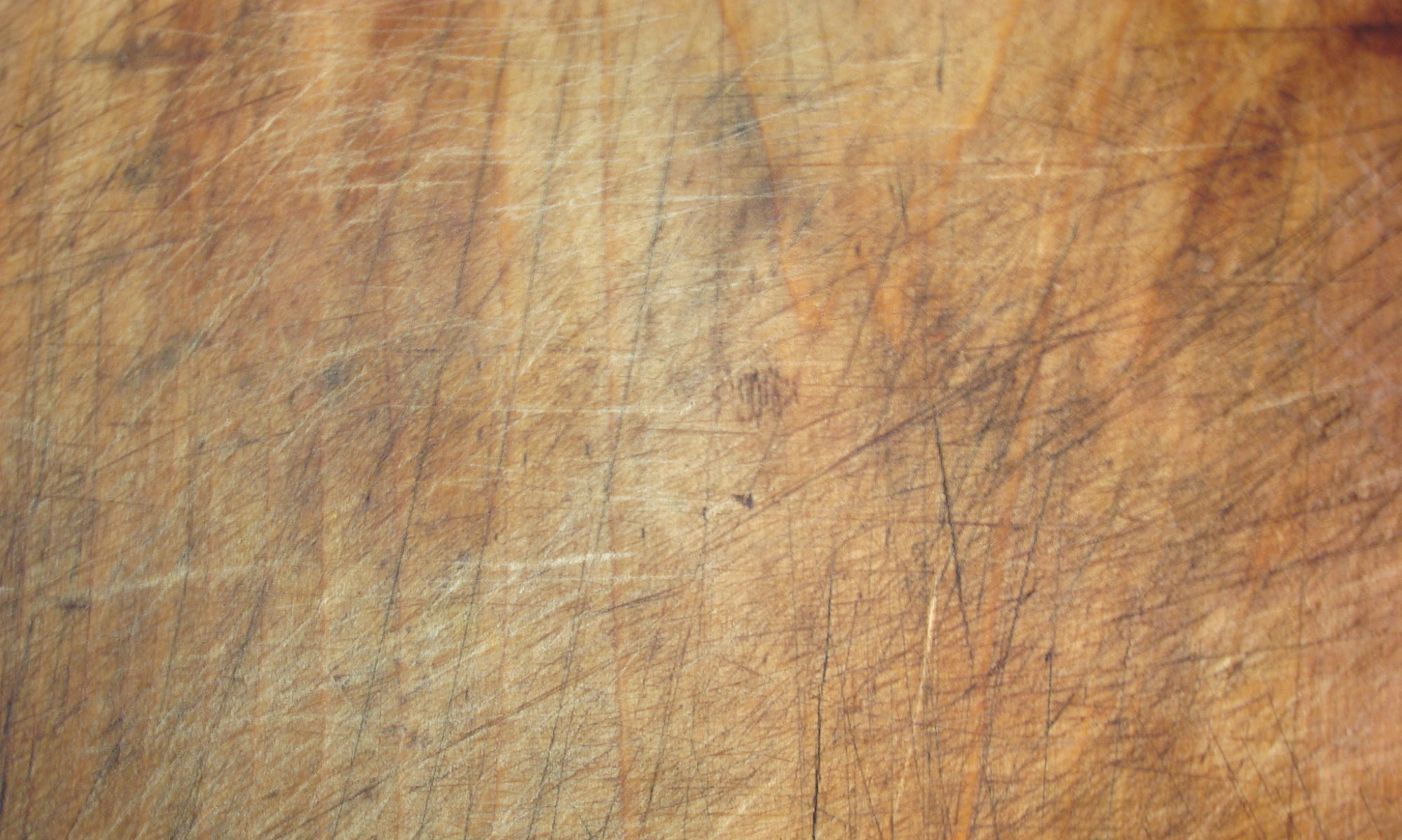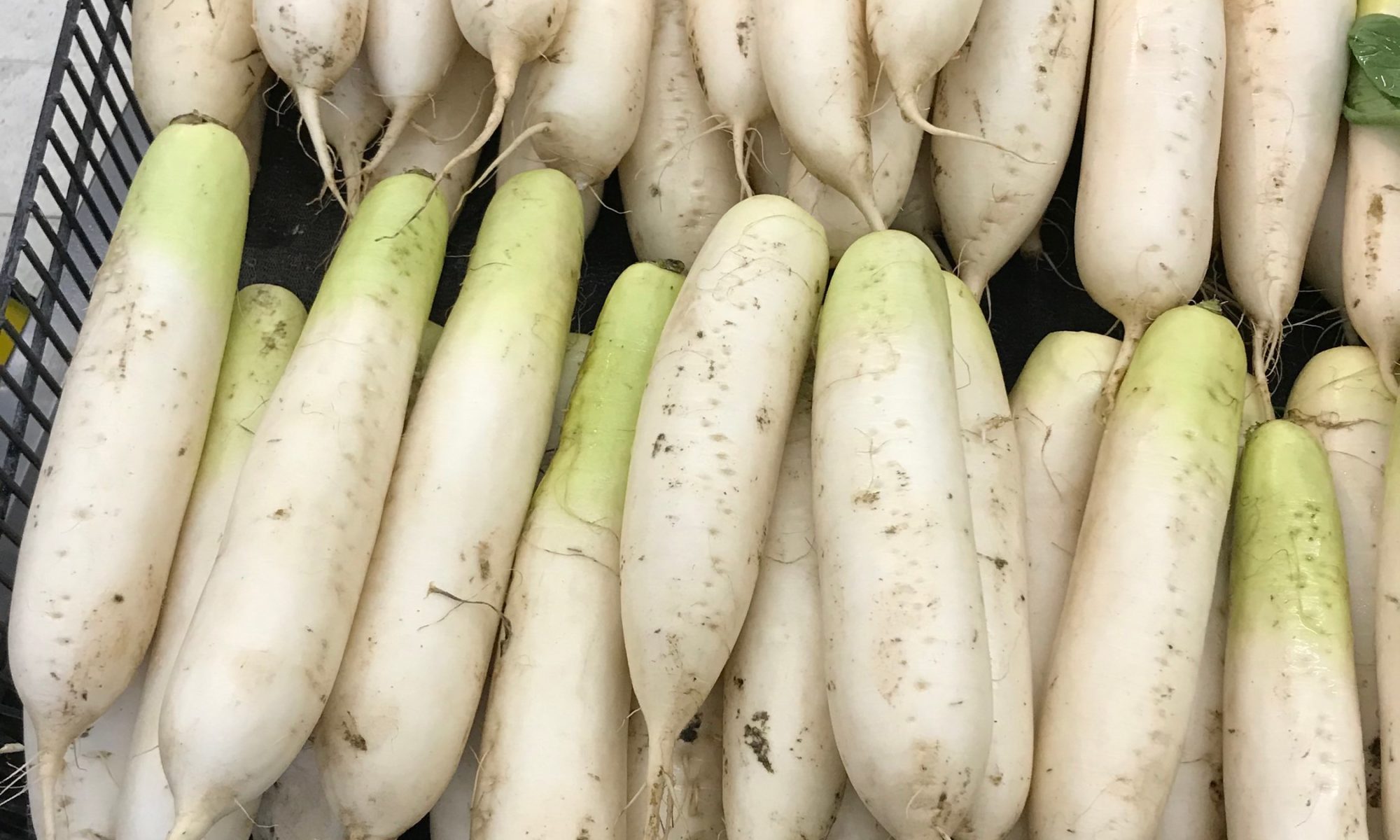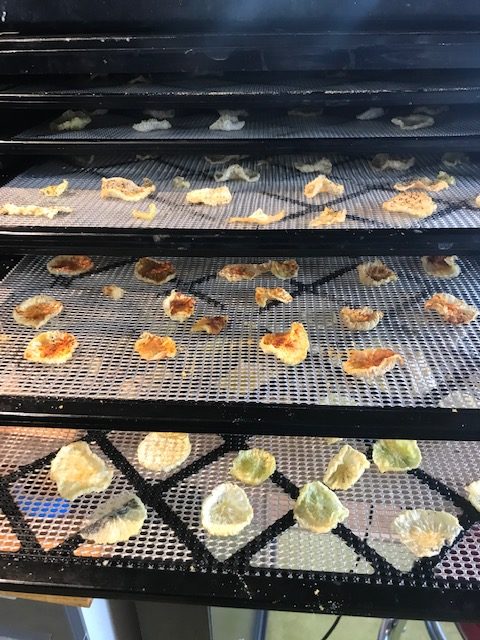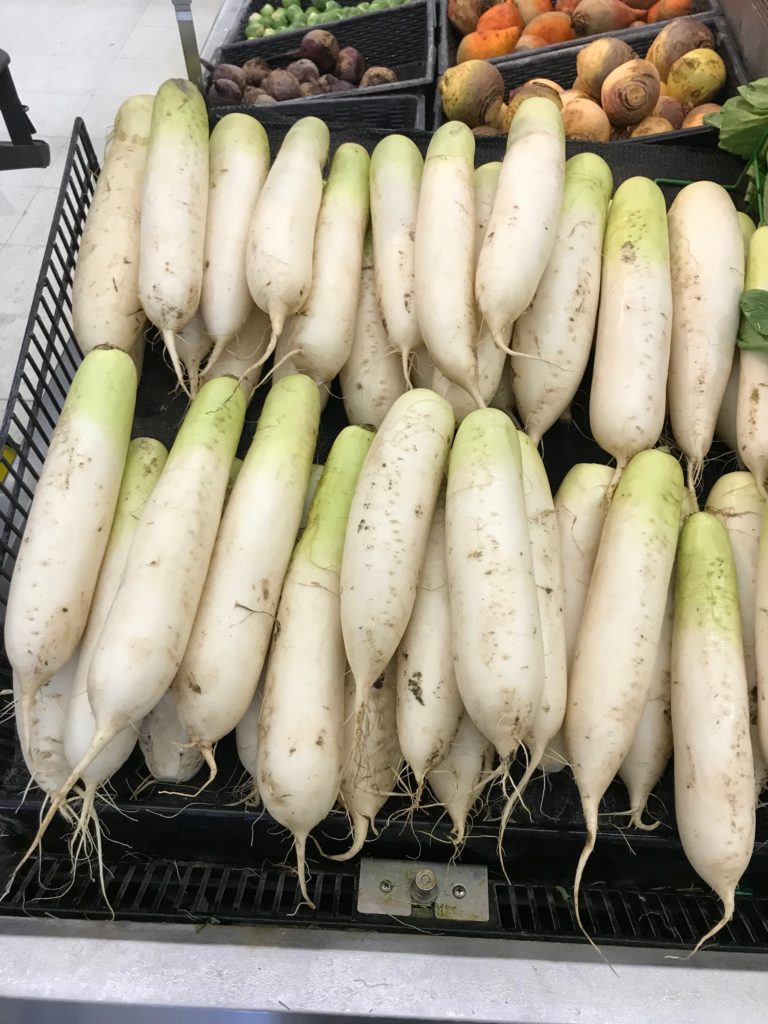
In our household we aren’t stockpiling toilet paper, we are stockpiling daikon radish during this pandemic. Using this stout root daily in raw salads, soups or main meals is one of our hedges for maintaining clear lung function.
In Traditional East Asian Medicine, daikon radish is considered to have a cooling thermal nature, and a pungent and sweet flavor. It cools heat, cuts mucous (dampness) and promotes digestion. It also acts as a detoxifier because, as a diuretic, it stimulates urination, helping to remove excess fluid from the body via the kidneys. These are ALL excellent indications for incorporating daikon radish into one’s diet, since the symptoms of Covid-19 are a fever, dry cough and accumulation of fluid in the lung.
Compounding the coronavirus outbreak, we are in the midst of a seasonal change which is a typical time for common cold, flu, and allergy symptoms. As a preventative measure, use daikon radish to support your respiratory system and keep it congestion-free (regardless of the origin). Of course, cutting down and/or eliminating phlegm producing foods like sugar, dairy, and alcohol will reduce inflammatory responses in your body.
One of the virtues of daikon radish is its versatility. It can be pickled, fermented, dehydrated, cooked or eaten raw. I hope this blog post doesn’t create a run on daikon radish, but currently Asian markets are well stocked.
Here are a few of my favorite recipes featuring daikon radish with simple and accessible ingredients.
A white radish and ginger soup is the soup of our times. With our current damp weather, this clear and aromatic broth is soothing and tastes just right. It has just a few ingredients and requires merely minutes to make. The ginger brings warmth, helps improve digestion, and stimulates your metabolism, while the radish does its cleansing work. Just add any green on top. I especially enjoy adding nutrient rich chickweed or overwintered chives from the garden. Depending on how many individuals you are serving, adjust amounts and increase ginger if you want more heat.
White radish and ginger soup (serving 2)

3 cups water
handful of thinly sliced daikon radish
4 – 6 thin slices of ginger
I tsp chicken or vegetarian bouillon ( I use Better Than Bouillon)
Small bunch of coriander, chickweed, spinach, scallions or chives
Combine all ingredients and bring to the boil. Simmer for 10 minutes or so. Add the greens just before serving, along with salt and pepper to taste.
Okonomiyaki – Japanese Vegetable Pancake
This recipe has become a comfort food for us in the last few weeks. In addition to daikon radish, cabbage is the major ingredient in this recipe. Cabbage also clears heat and increases circulation. You can substitute other shreddable vegetables or sprouts. For example, instead of carrots, I used sprouted mung beans in this recipe. If you don’t have miso, mayonnaise mixed with horseradish works just fine as a topping.
https://www.pbs.org/food/kitchen-vignettes/walter-riesens-okonomiyaki-japanese-vegetable-pancake/
Raw Daikon Salad
Since daikon radish is considered a cooling food, it is best to serve this salad on a warm day or as a side dish for a spicy meal or a heavy dish. I often add horseradish in my vinaigrettes for its taste and its instant sinus clearing action!
https://www.japancentre.com/en/recipes/1313-daikon-salad
Daikon Chips
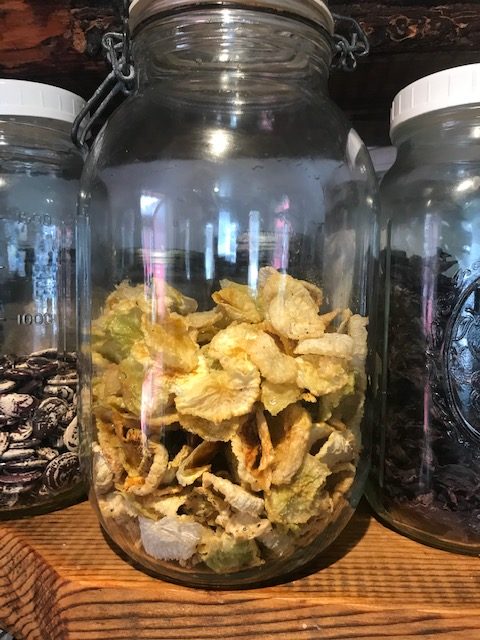
Fortunately, daikon radish stores well in the refrigerator but if you stockpile daikon radish then you have the mandate to use them or preserve them. I riffed off this recipe to make dehydrated Daikon Chips. I used olive oil instead of canola oil and experimented with different seasonings like nutritional yeast, chili pepper, onion and garlic salt and just simply salt and pepper. If you don’t have a dehydrator, you can use your oven if you can set it to 125 degrees. These chewy slightly spicy chips are a nutritious low calorie and tasty snack to have on hand.
